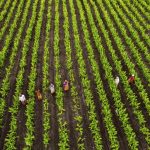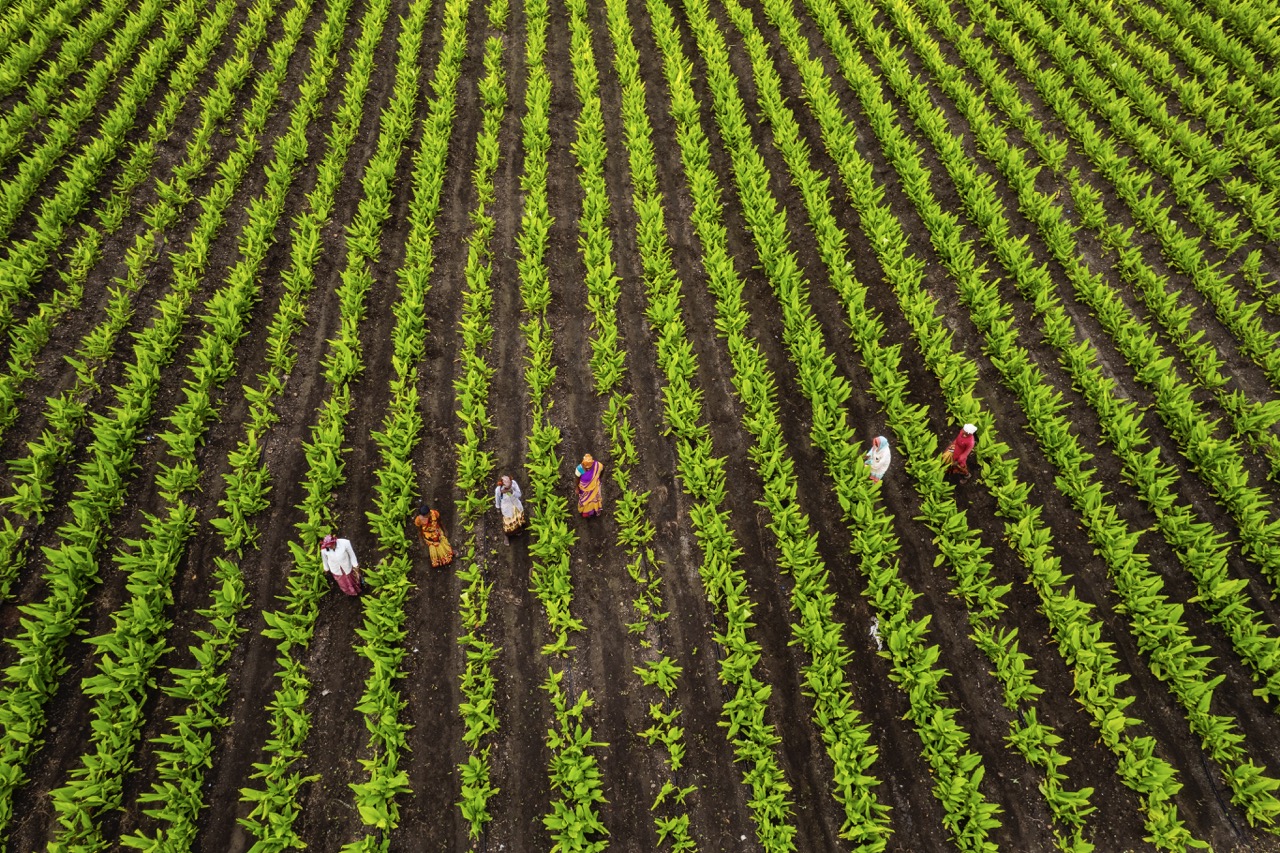As the seasons change and farmers prepare for the upcoming planting cycle, meticulous planning and execution become critical to success. The transition from one season to the next is a time for reflection and preparation, where assessing past outcomes and planning for future growth can yield significant dividends. This article outlines essential steps for farmers to take in order to ensure their farms are primed for productivity, profitability, and sustainability in the coming season.
Assessing Soil Health: The Foundation of Successful Farming
Soil health is the cornerstone of any successful farming operation. Before planting, farmers should conduct comprehensive soil tests to determine nutrient levels, pH balance, and overall soil structure. These assessments can reveal deficiencies or imbalances that must be addressed before the growing season begins. By understanding the current state of the soil, farmers can apply the appropriate amendments, such as lime or organic matter, to optimize conditions for crop growth.
In addition to chemical analysis, physical soil health should not be overlooked. Farmers should examine soil texture, compaction levels, and biological activity, including the presence of earthworms and beneficial microbes. Healthy soil teems with life and has good structure, which promotes water retention and root penetration. Techniques such as cover cropping or crop rotation can enhance soil quality and mitigate erosion, thereby safeguarding future yields.
Finally, it’s crucial to monitor soil health throughout the growing season. Regular assessments can help identify any emerging issues before they escalate, allowing for timely interventions. This proactive approach not only supports crop health but also contributes to improved long-term soil fertility, ultimately benefiting the farmer’s bottom line.
Selecting the Right Crops for Optimal Yield and Profit
Choosing the right crops to plant is a critical decision that can impact both yield and profitability. Farmers should analyze market trends, local demand, and their own expertise when deciding what to grow. Diversifying crop choices can help mitigate risks associated with market fluctuations and adverse weather conditions. It’s often wise to strike a balance between staple crops that ensure steady income and niche crops that can command higher prices.
Moreover, understanding the growing requirements and potential yields of each crop is essential. Factors such as growth duration, irrigation needs, and pest resistance should all be considered in making selections. Crop rotation is another important strategy that can enhance soil health and reduce pest pressures, ultimately leading to healthier and more productive plants. By rotating crops, farmers can also better manage nutrient depletion and minimize the need for chemical fertilizers.
Finally, engaging with local agricultural extension services or attending farming workshops can provide valuable insights into crop selection and management. Networking with other farmers and sharing knowledge about successful practices can illuminate new opportunities and strategies. Ultimately, informed crop selection can lead to a more fruitful season and a healthier farm economy.
Essential Equipment Maintenance for Peak Performance
As the planting season approaches, ensuring that farming equipment is in optimal working condition is paramount. Regular maintenance checks should include inspecting tractors, plows, seeders, and irrigation systems. Farmers should look for wear and tear, replace worn parts, and perform necessary repairs to avoid breakdowns during peak planting times. A well-maintained machine not only functions better but also enhances safety for farm workers.
Additionally, calibration of equipment is crucial for ensuring precision in planting and application of inputs. For example, seeders should be calibrated to ensure even seed distribution, while fertilizer spreaders need to be set to the correct application rates. This attention to detail can prevent wasted resources, ensuring that plants receive adequate nutrients without overapplication that could harm the environment or lead to reduced profitability.
Moreover, farmers should also consider the sustainability of their equipment choices. Investing in energy-efficient machines can reduce fuel costs and lessen the environmental footprint of agricultural operations. Utilizing technology, such as GPS-guided tractors, can enhance accuracy and productivity, allowing farmers to maximize results while minimizing waste. Prioritizing equipment maintenance not only boosts efficiency but sets the stage for a successful growing season.
Implementing Sustainable Practices for Long-Term Success
Sustainability in farming is more than just a trend; it’s an essential strategy for ensuring long-term viability and productivity. Implementing sustainable practices can include techniques such as integrated pest management (IPM), which reduces reliance on chemical pesticides and promotes biodiversity on the farm. By utilizing natural predators and organic methods, farmers can maintain pest populations at manageable levels without harming the ecosystem.
Crop rotation and cover cropping are also vital sustainable practices that help improve soil health. These strategies reduce soil erosion, enhance nutrient cycling, and increase organic matter in the soil. By promoting a diverse ecosystem, farmers can create a more resilient farming operation that withstands adverse weather and pest pressures. Furthermore, engaging in sustainable practices often appeals to consumers, who are increasingly interested in environmentally friendly products.
Education and community involvement are key components of successful sustainability efforts. Farmers can benefit from workshops, local agricultural groups, and online resources that provide information on innovative sustainable practices. By collaborating and sharing experiences, farmers can create a supportive network that fosters sustainable agriculture, ensuring a healthy landscape for generations to come.
Preparing your farm for the upcoming season involves a comprehensive approach that addresses soil health, crop selection, equipment maintenance, and sustainability practices. By taking the time to assess and plan, farmers can optimize their operations and enhance their productivity while promoting environmental stewardship. As the agricultural landscape continues to evolve, adaptive and informed practices will be essential for success, securing the future of farming and the well-being of communities reliant on this vital industry.










